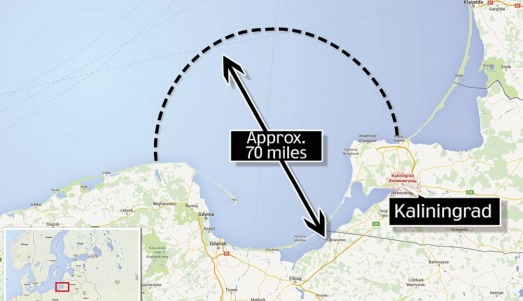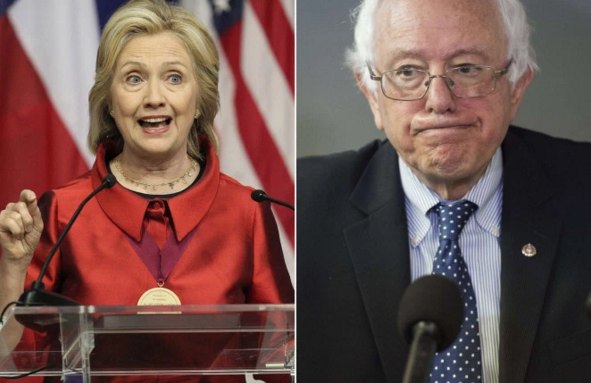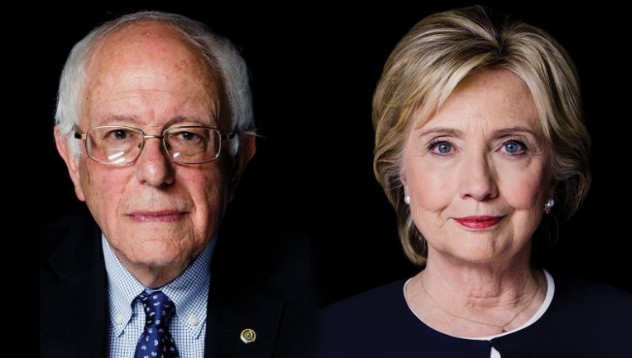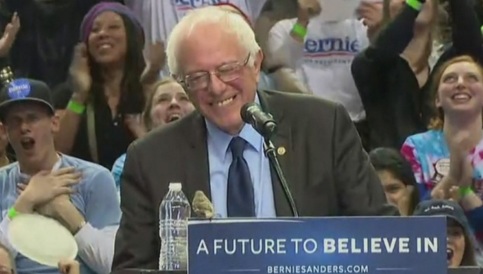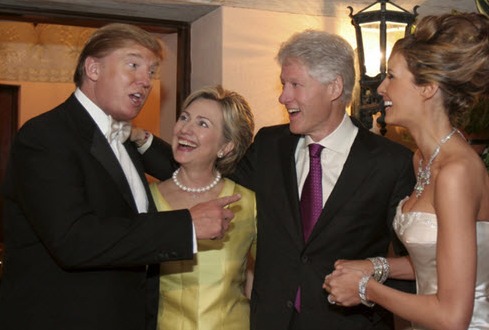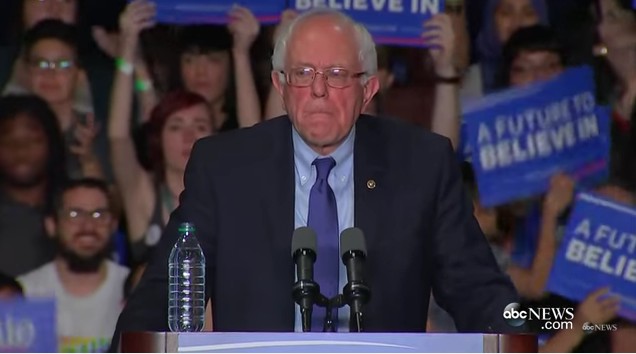Editors’ Note: In the increasingly tight and bitter contest for the Democratic Party’s nomination for president, candidate Bernie Sanders has gained critical and enthusiastic support from young people in part because of his stirring call for free public college education — no surprise given that student college debt has passed the $1.3-trillion mark. Critics, including Sanders’ opponent Hillary Clinton, say he is proposing an unaffordable fantasy, though his plan sensibly calls for funding the idea with a tax on speculative stock and bond trading. In reality though, Sanders’ idea of free college (which is offered in most of Europe) is hardly a new idea in the US. Indeed, it’s the way things used to be here as recently as the 1960s — a point voters in upcoming primaries like the ones to be held in Pennsylvania, Maryland, Connecticut, Rhode Island and Delaware next Tuesday should bear in mind. Robert M. Nelson (CCNY ’66), a Senior Scientist at the Planetary Science Institute, recalls in the following article, free college was actually taken away by the country’s ruling elite not that long ago. As Nelson writes:
In 1837, a remarkable politician, Horace Mann, became Massachusetts’ Secretary of Education. He argued successfully that universal, public, nonsectarian education in culturally diverse common schools was imperative for our new nation. Mann’s idea spread like wildfire. The free common school concept was adopted in every state in the union.
After the Civil War, the free tuition principle was expanded to include higher education. It worked brilliantly for a century for millions of Americans, including me.
A Pathway for Immigrant and Working Class Children
In 1966 I finished college. I joined my sister as the first generation of our family to cross the divide. My father was an immigrant; my mother was the daughter of immigrants. The family had little wealth to show despite their life of hard work.
How could low-paid immigrant families and ordinary dirt-poor working-class families send their kids to college? It was simple. I graduated from the City College of New York. My sister graduated from Brooklyn College. Both schools were tuition-free. It’s easy to forget in today’s America where the “free market” is the national religion that it’s the way things still were a just half a century ago.
CCNY was founded as the Free Academy of the City of New York in 1847. Its mission was to provide the sons of immigrants and the poor with access to college education. In 1870, Hunter College was founded for New York’s young women. In 1930, Brooklyn College became New York’s third tuition-free college.
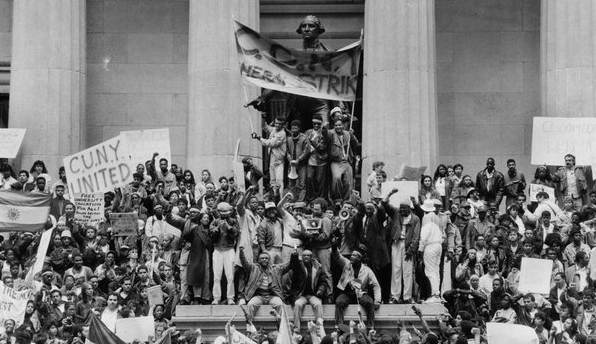 CCNY students at a 1968 protest against tuition charges at New York's oldest public, and once free, university
CCNY students at a 1968 protest against tuition charges at New York's oldest public, and once free, university
For more than a century the taxpayers of New York provided free higher education to all who qualified. Graduates of that system include a child of immigrants from Jamaica, Secretary of State Colin Powell (CCNY ’58), the daughter of an immigrant from Austria, Sen. Barbara Boxer (Brooklyn College ’62), and former NASA Administrator Dan Goldin, (CCNY ’62).

